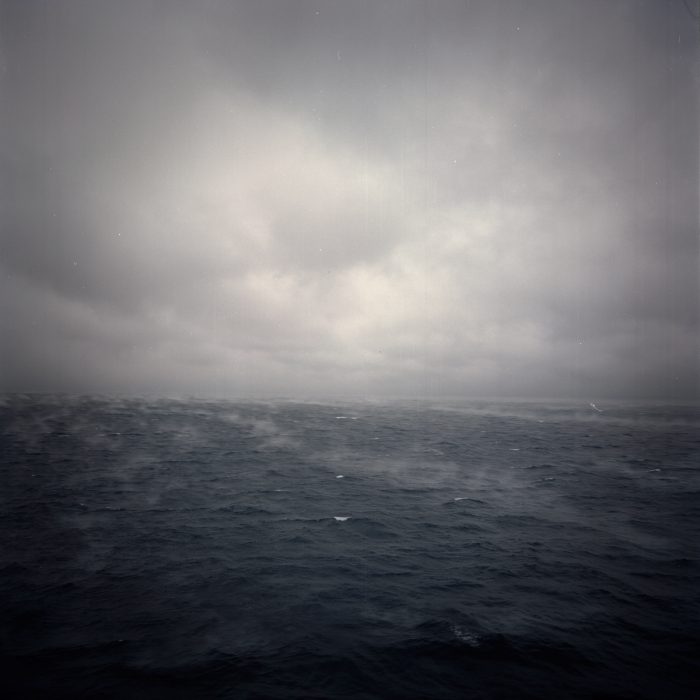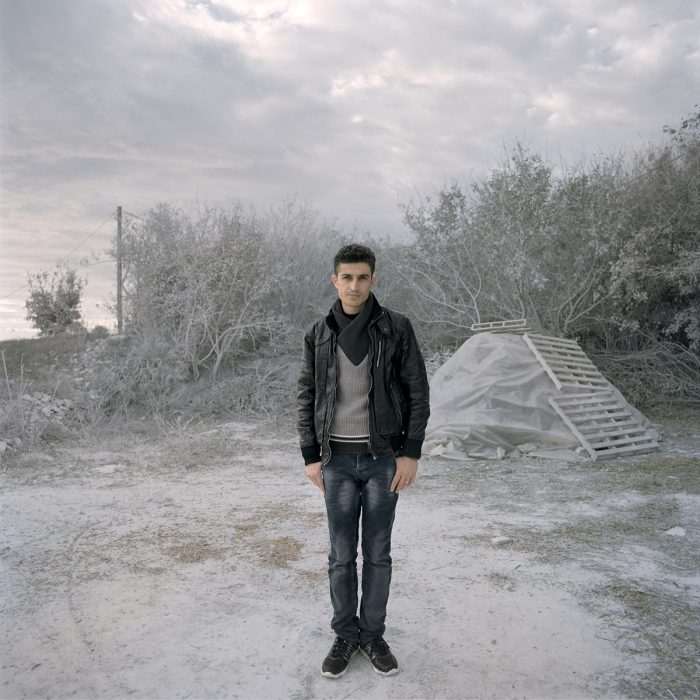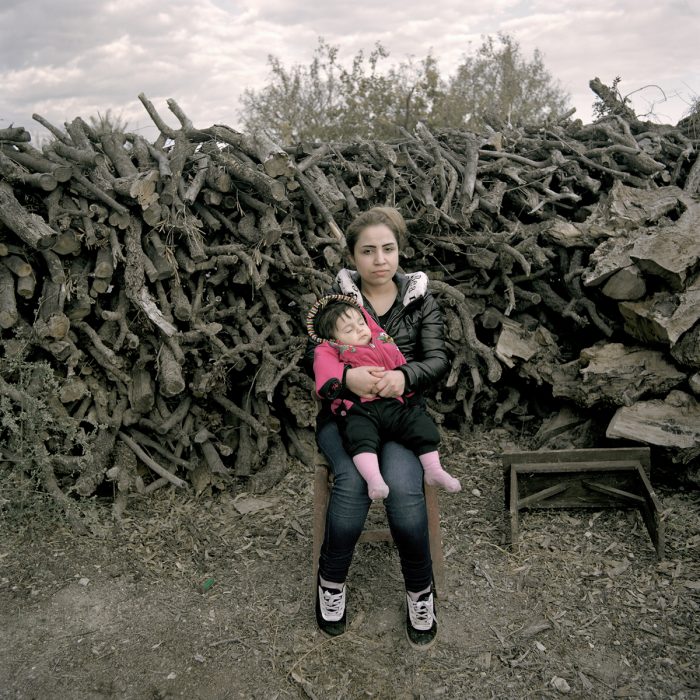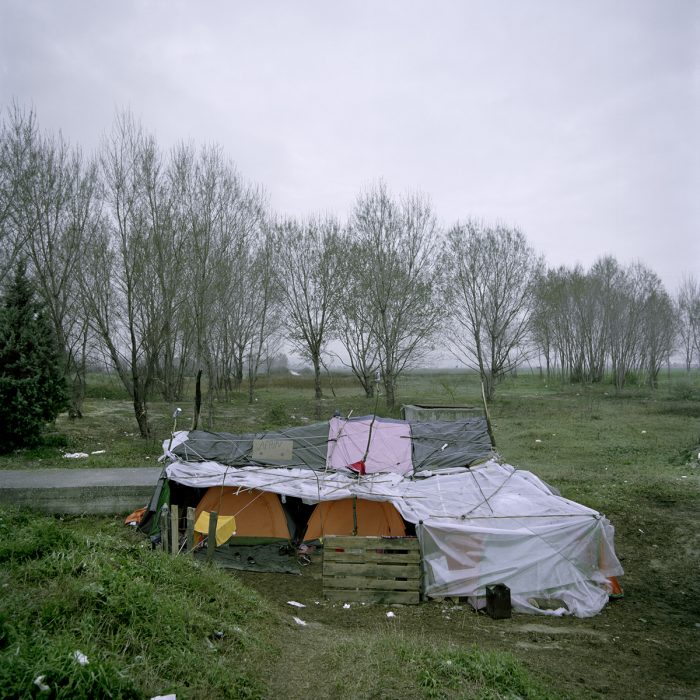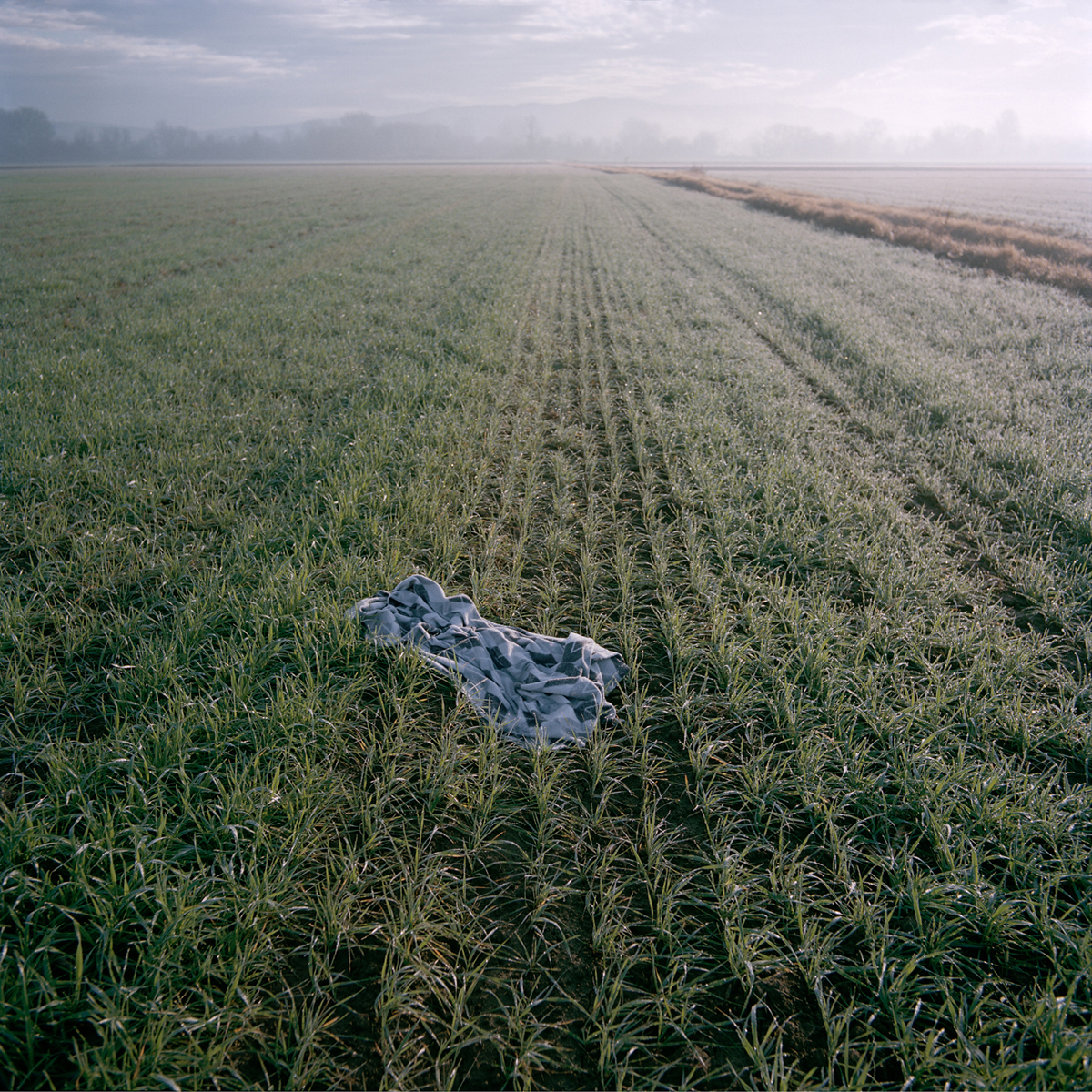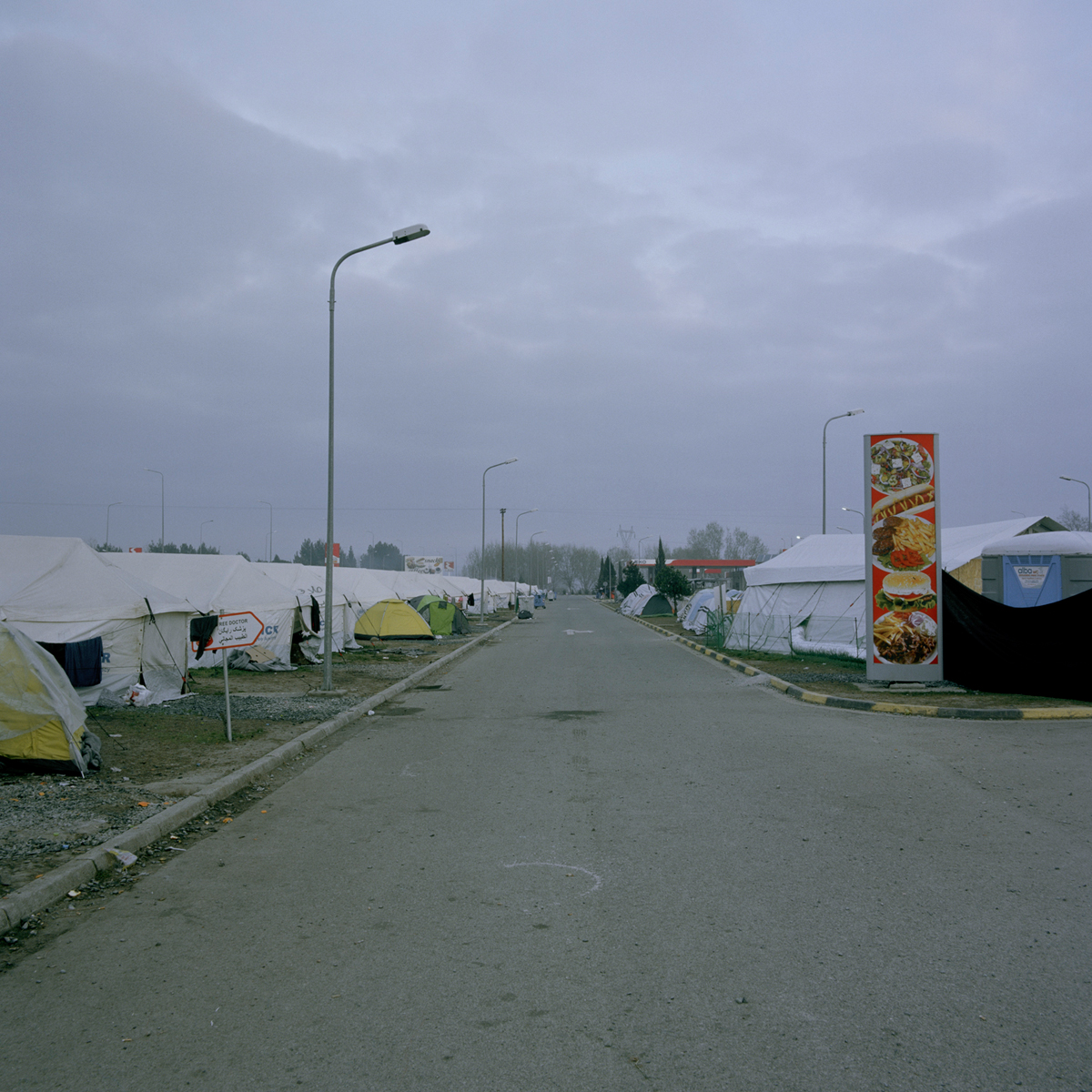Demetris Koilalus
CAESURA
“Caesura” is a collection of photographs about the transitory state of refugees and migrants entering Greece, after crossing the Aegean Sea on their way from their homelands in Asia and Africa to Europe.
Typically “Caesura” manifests the brief silent pause in the middle of a poetic verse or a musical phrase, used in this context as a metaphor for a silent break amid two periods of loud ‘activity’ in one’s violent and distressed narrative.
The characters in “Caesura” appear to have a temporary identity as they pose for the camera in a frame of transition and uncertainty. They convey an ambiguous feeling of restlessness and tranquility, a sense of intemporality and durability as if they have existed beyond time. They stand still in an in-between psychological state, almost suspending in space between two discontinuous moments.
The surrounding environment is often uncertain, reclusive and undisclosed – without distinct landmarks –nevertheless it is an actual and relevant topographic context. It is a space “amidst”, caught in a transitory time “in-between” –an archetypical condition where –as Wittgenstein puts it- life happens “outside space and time”.
The characters in “Caesura” are not a nameless mass, people among people anonymous passers-by as they are typically recorded by the media. They have distinct identities and names, recognizable faces which unveil courage, determination and stamina, yet they are plunged into the melancholy of the temporary landscape in which they were caught: an intemporal space characterized by the gloominess of the border scenery. Remote and detached from the crowd, they place themselves -often unconsciously- in the centre of the narrative.
“Caesura” is a collection of personal narratives and private moments of persons who have been caught by time in an intermediate and neutral space, pausing before they continue their journey while at the same time they build and shield those temporary microcosms which they create en route, by safeguarding and protecting family and friendship bonds -a relationship which is particularly strengthened around the primeval and archetypical setting of a symbolic yet actual hearth- and by preserving and securing social and collective values.
The photographs of “Caesura” do not attempt to provide answers or make a historic statement about this phenomenal mass exodus by exposing the human agony but they rather raise questions about the human condition and identity.
